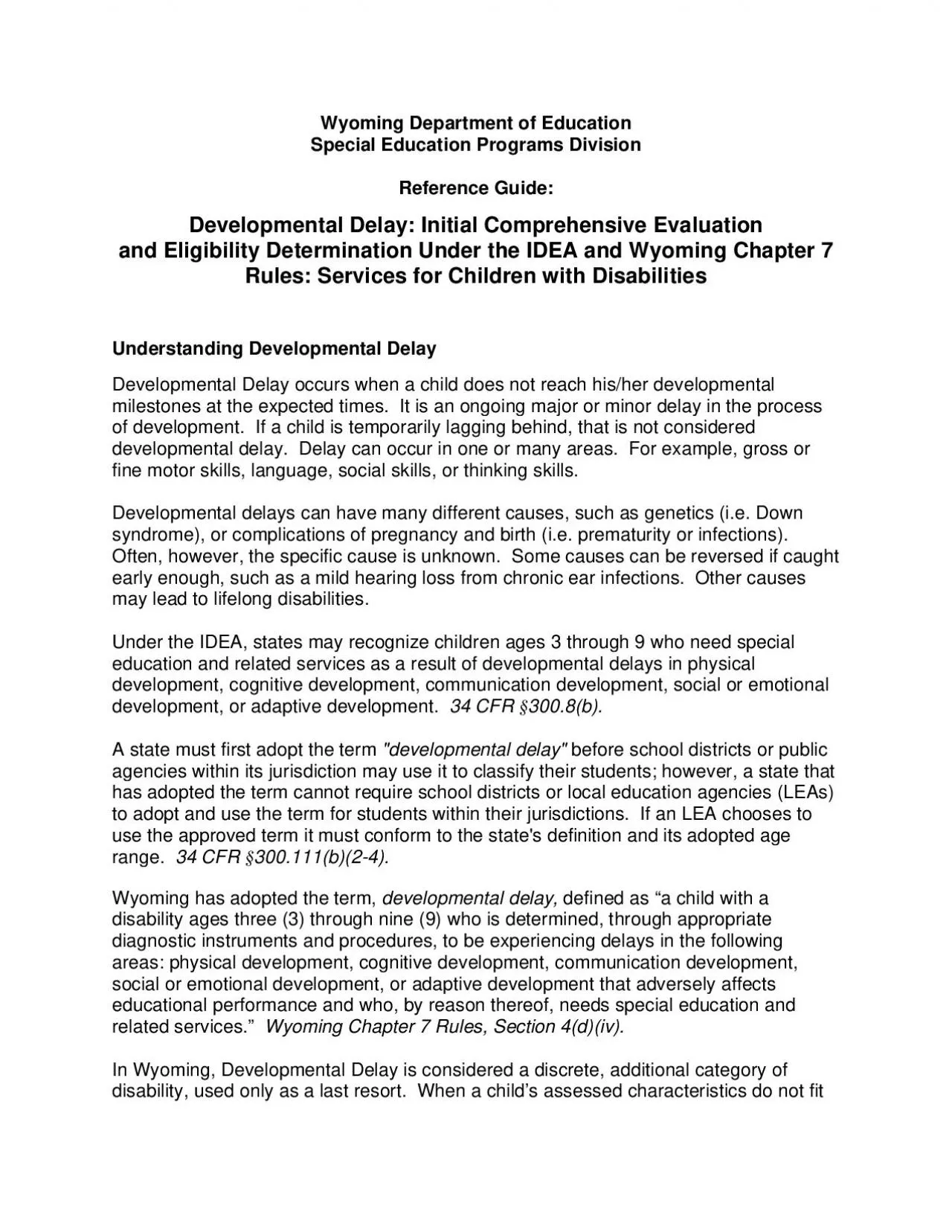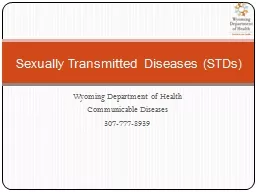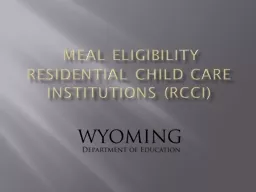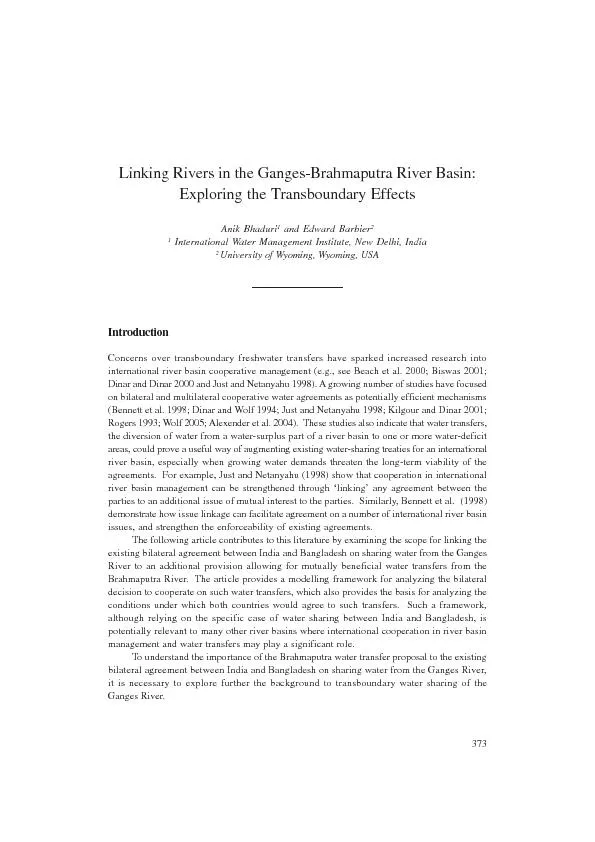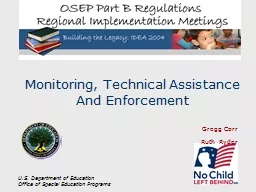PDF-Wyoming Department of EducationSpecial Education Programs DivisionRefe
Author : madison | Published Date : 2022-09-02
Developmental Delay occurs when achild does not reach hisherdevelopmental milestones at the expected timesIt is an ongoing major or minor delay in the process of
Presentation Embed Code
Download Presentation
Download Presentation The PPT/PDF document "Wyoming Department of EducationSpecial E..." is the property of its rightful owner. Permission is granted to download and print the materials on this website for personal, non-commercial use only, and to display it on your personal computer provided you do not modify the materials and that you retain all copyright notices contained in the materials. By downloading content from our website, you accept the terms of this agreement.
Wyoming Department of EducationSpecial Education Programs DivisionRefe: Transcript
Download Rules Of Document
"Wyoming Department of EducationSpecial Education Programs DivisionRefe"The content belongs to its owner. You may download and print it for personal use, without modification, and keep all copyright notices. By downloading, you agree to these terms.
Related Documents

